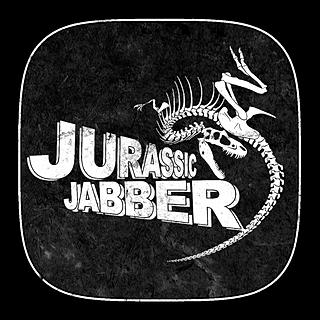Burning oil might have killed the dinosaurs!
- Benjamino Manarello
- Jul 17, 2017
- 3 min read
A massive oil burn could have been the reason for the darkness that was wrapped around the world 66 million years ago.

It is well known that a giant meteor struck the earth in the Yucatan Peninsula and the Golf of Mexico. Nobel Prize winning physicist Louis Alvarez came up with the meteor theory back in 1979. He focused on a thin layer of clay – the K-Pg boundary – that marked the extinction. His clever idea was to look at iridium levels in the boundary clay. Iridium is a rare metal found primarily in meteorites, so the slow trickle of iridium from meteorites burning up in the atmosphere should act as a sort of cosmic hourglass, telling the passing of time.
His plan backfired spectacularly: iridium levels in the clay were magnitudes above the normal background levels. The K-Pg boundary was the debris of a giant asteroid impact. A few calculations suggested that it would take an asteroid 10 kilometres across to produce all that iridium. The idea that an asteroid wiped out the dinosaurs was widely ridiculed – but then, in 1990, the giant Chicxulub crater in Mexico was discovered.

Here is the problem. It was suggested that the impact of this large meteor would have sent a large enough amount of debris into to settle in our atmosphere around the world and clock out the sun. Recent studies show that dirt and debris would not have been able to stay aloft around the world for anymore than a year before it cleared up. That is not enough time for a mass extinction.
Further studies by Kunio Kaiho and colleagues of the K-pg boundary clay have also showed and extensive amount of soot. The soot was originally thought to be from wild fires but is now proven to contain a vast amount of hydrocarbons a.k.a OIL. The Gulf of Mexico contains vast oil reserves. The Jurassic Cantarell oil field, the largest in Mexico was only discovered because geologists were searching for oil in the area.

The Deep water Horizon spill produced 4.9 million barrels of oil from just a tiny hole in the ocean floor. The Chicxulub crater was 180 kilometers across. The total burned carbon produced was on the order of 1.8 to 60 billion tons. This suggests that the meteor hit a large pocket of oil and in doing so ignited and sent poisonous gases and soot into the atmosphere that could have easily covered the earth for 10 years! plenty of time for vegetation to completely die out, block out the sun and reflect its warm rays back in to space, and plummeting earths temperatures into a global freeze and a widespread drought.
The Cretaceous-Paleogene (K-Pg) extinction event was severe, wiping out over 75% of all species, including not just dinosaurs but also many birds, mammals, snakes, lizards, plants, and even insects. It was global, hitting all continents and all oceans. And it was rapid, with species seeming to vanish overnight.
To sum it up...The meteor could not have hit the earth in a worse place! Coming in at a 33 degree angle, most of the meteors destructive force was sent outward. resulting in a massive blast pulse wave fallowed by fires, electrical storms, volcanoes, earthquakes and tsunamis. If the meteor had hit the earth a few minutes before or after the devastation would not have been the same. It might have hit deep ocean and resulted in just tsunamis and earthquakes or just put a giant hole on land.
But it instead hit one of the largest pockets of oil on the planet. The odds of a meteor this size hitting that exact spot at that angle are laughable. Nature truly did select the dinosaurs for extinction.






























Comments